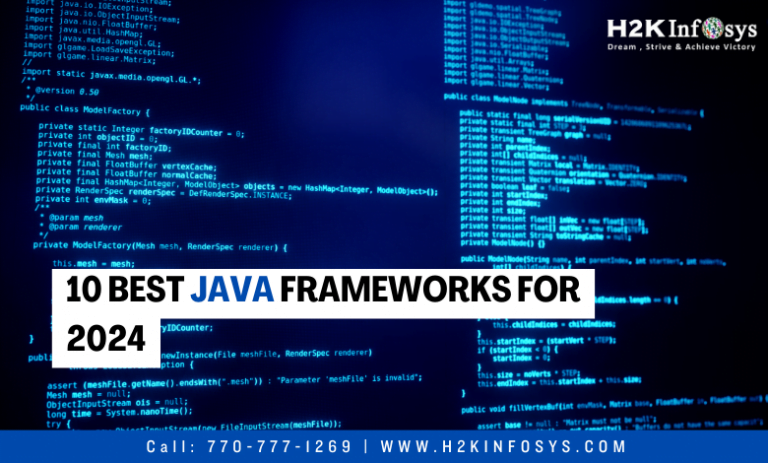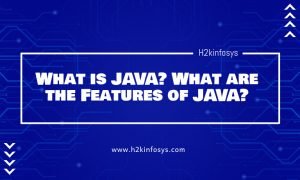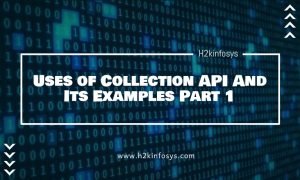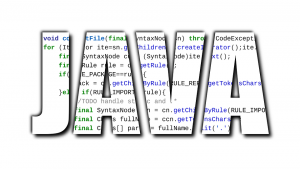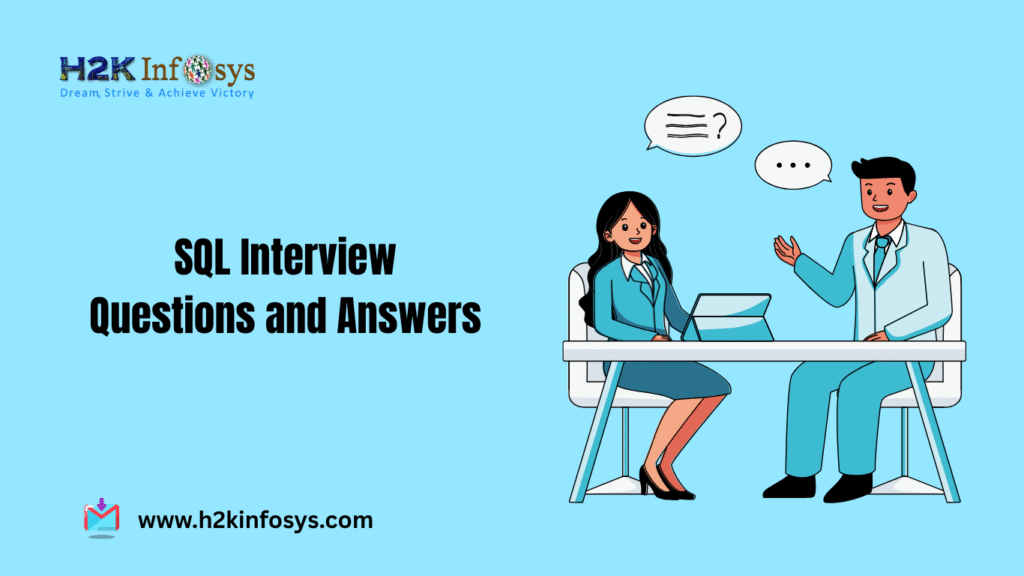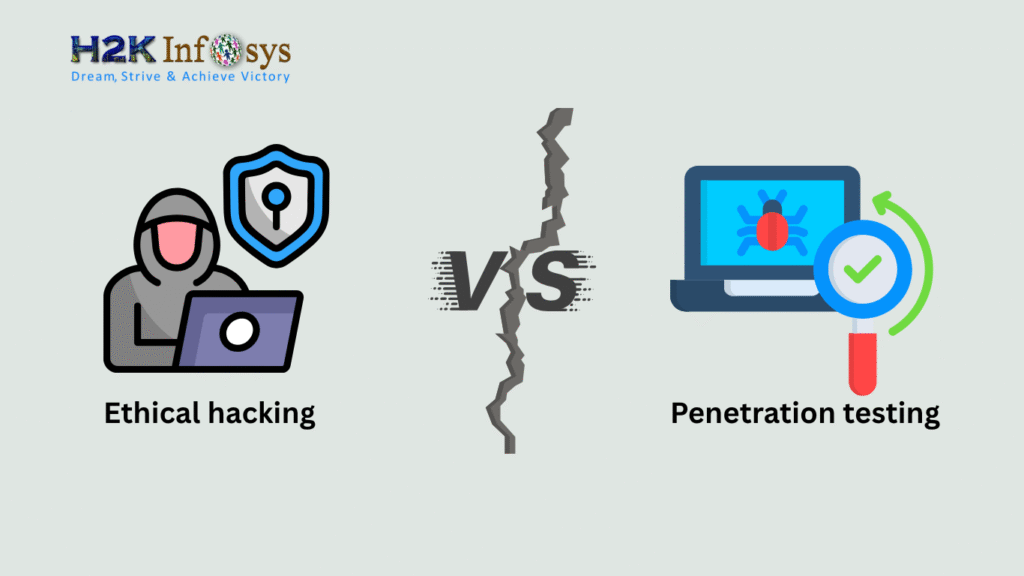Almost into its third decade, Java continues to be one of the most widely used programming languages. It was created with the intention of giving programmers greater flexibility and variety with their code by being a “write once, run anywhere” language.
Expandability is now a top concern for web developers across all industries. As a result, there are numerous frameworks available to improve the functionality and flexibility that Java comes with by default. To learn more, check out the Java programming course online.
We’ll look at a few of the greatest and most widely used Java frameworks available today in this article. Let’s first examine what a framework is in more detail.
What are frameworks?
Fundamentally, a framework is a pre-written collection of code that places an emphasis on general program reusability and user-friendliness. Frameworks allow developers to expand Java’s capability by providing a variety of ready-to-use code types, such as functions, classes, and UI elements.
Without having to write and refine every line of code, developers may construct dependable and resilient applications with the right framework. To guarantee consistent and trustworthy test results, a lot of developers also employ Java testing frameworks.
Let’s now examine ten of the most widely used Java frameworks.
1.Spring
With its wide range of uses and emphasis on simplicity, speed, and productivity, Spring continues to be the most widely used framework among Java developers.
Because of its modularity, developers can use its tools at any stage of the project. Furthermore, Spring integrates easily with a plethora of security features and solutions. As a result, the framework provides the best possible security for the application and user data by letting developers design and incorporate functionalities like user authentication and login validation.
Many enterprise-level businesses, such as eBay, Dick’s Sporting Goods, and Netflix, are interested in these features because of their simplicity and dependability. On the other hand, creators of more modestly sized projects discover that it can generate similarly powerful and reliable performances.
2.Google Web Toolkit
Developers immediately came to love the Google Web Toolkit (GWT) framework, just like many of Google’s open-source releases.
GWT is a tool for translating written Java code into functional JavaScript, making it ideal for creating sophisticated and effective browser apps. This implies that Java developers don’t need to become masters of JavaScript in order to be more creative. Furthermore, GWT support information and a library of useful resources have been gathered by the large and diverse open-source developer community.
Because of its capacity to manage large-scale complexity, GWT is a great fit for applications that need to scale quickly and consistently. For this reason, Java with GWT as its foundation was chosen by the creators of iKnowMed, an electronic health record system for large-scale cancer practices.
3.Hibernate
An Object Relational Mapping (ORM) framework called Hibernate assists developers in handling data securely and sensibly. This framework prevents vulnerabilities caused by improper data handling by building dependable relational databases. Its capacity to manipulate data powerfully without requiring large quantities of code is something that developers find appealing.
Similar to GWT, Hibernate is a community-supported open-source project. It works well with projects that make extensive use of complicated, dense databases and data manipulation. Because Hibernate is so good at managing workloads with a lot of data, many big businesses utilise it.
For instance, IBM Security employs the Hibernate framework for enterprise-grade data security, sophisticated user access, and analytics programs that depend on pinpoint accuracy.
4.Struts
The largest open-source organisation in the world, Apache, has been instrumental in the creation of numerous development tools over the years.
A model-view-controller (MVC) framework for building reliable web applications is called Struts. One of the many well-liked frameworks for creating Java web applications is called Struts. But this framework stands out because it puts the user’s convenience first and has an expanding plug-in library.
Because of its adaptability and versatility, Struts works well as an adjunct tool to other frameworks. Because of this, Struts is a useful complement to many different web development settings. Because of its adaptability, developers can use it for anything from feature-rich apps needing highly secure user validation and information security procedures to basic portfolio websites.
Note: Throughout its development cycles, Struts provides multiple versions. Struts 2 is the most widely used version, although as of this writing, Struts 6.0.3 is the latest updated version.
5.Play
Play is an open-source platform for developing online apps that puts user-friendliness first. It is incredibly lightweight and has very little overhead, and it is licensed under the Apache License 2.0. Moreover, all developers need to start developing is a text editor and a web browser. Play is a better choice for mobile development because it connects easily with different plug-ins and NoSQL databases.
Play, like Struts, can handle projects of any scale and complexity, as shown by the applications for Samsung, Walmart, and LinkedIn. Play offers comprehensive support for cloud deployments using AWS and other technologies, guaranteeing that apps stay controllable, current, and consistent.
6.Grails
The Java Virtual Machine (JVM) is the main tool used by the open-source, Groovy-based Grails framework to create web applications.
Grails is licensed under the Apache License 2.0, just like Play. It claims to have a very small learning curve, so even a reasonably skilled Java developer can start using its tools right away. Spring Boot serves as the foundation for Grails, giving it access to capabilities like dependency injection.
Employing Grails to keep their apps quick and easy to use, firms like Netflix, Best Buy, and Target are drawn to it because of its exceptional dependability and relative simplicity. Moreover, Grails’s speedy, contemporary API calls make it a great tool for developing representational state transfer (REST)ful web applications.
7.JavaServer Faces
A JavaServer framework called JavaServer Faces (JSF) makes it easy to create contemporary user interfaces (UIs). Developers can create web apps that readily connect multi-use user interface components to data and client events by using JavaScript.
While this framework produces front-end solutions, back-end developers were the primary audience for its development. The problems that front-end programming can have with back-end functions are mitigated by JSF. JSF is another MVC-based framework that lets Java programmers create “faces” for their apps so they may concentrate on functionality instead of design.
Furthermore, JSF is heavily supported by the community and is incorporated into some aspects of the core Java language. For developers who wish to construct sophisticated apps without having to fully write and integrate a front-end workflow, this framework offers a better solution.
8.Dropwizard
A functionality-focused framework called Dropwizard is designed to help developers create dependable Java-based web services. It claims to provide metrics logging, ops tools, contemporary configuration, and more.
Dropwizard has an almost limitless amount of community assistance and resources because of its open-source licensing (Apache 2.0). For highly stable RESTful web services, Dropwizard is the perfect framework. Dropwizard is used by organisations like Fidelity, HubSpot, and American Express because of its capacity to develop secure and dependable online services and APIs.
9.Vaadin
Vaadin is a Java framework for building online applications that stands out for its emphasis on excellent user experience (UX) elements without a significant amount of development overhead. The goal of Vaadin is to make Java online apps competitive with the greatest JavaScript web apps.
Vaadin is a great tool for people who don’t have the time or resources to learn HTML and JavaScript but yet want to create a beautiful and contemporary website because it lets developers write all of their code in pure Java. Vaadin assists businesses like Puma and Wells Fargo in developing visually appealing, effective, and useful web applications.
10.Wicket
Wicket’s emphasis on contemporary, Java-based online applications makes it comparable to Struts, Vaadin, and GWT. Developed on top of Java 11, it is an open-source framework designed to assist developers in maintaining the most recent versions of their code.
Wicket is an excellent choice for any project that has to stay up to date with Java upgrades because of its additional emphasis on tying your project into the larger Java development cycle. Wicket further enables you to maintain the highest level of security for your websites and web applications by integrating Content Security Policy (CSP).
Conclusion With the aid of these frameworks, developers of all stripes can improve their application development with Java. It can be intimidating to choose from the increasing number of frameworks available. However, adding the appropriate ones to your toolkit will enable you to produce a more effective, useful, and user-friendly outcome. Check out the Java course for beginners to learn more.
